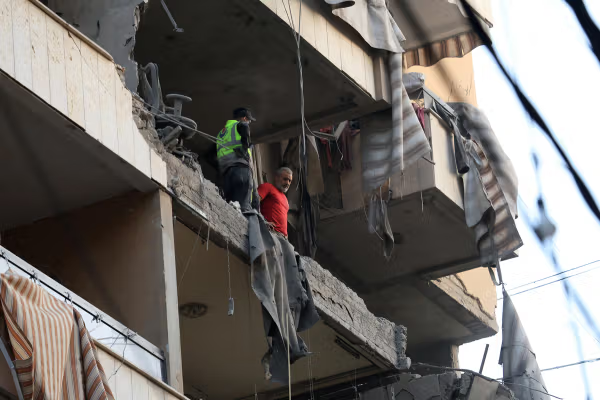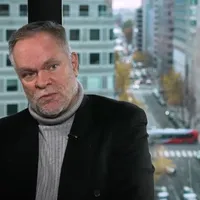The newly formed Energy Optimization and Strategic Management Organization (EOMSO) was hailed as a technocratic command center for a sector in crisis.
With Esmaeil Saghab Esfahani at its helm, tens of millions of Iranians could soon feel through the consequences of having untested hands manage a key aspect of their daily lives.
Iran’s energy system is under historic strain. Chronic blackouts, aging grids, water scarcity and soaring demand have eroded reliability, while subsidies distort consumption and drain national revenue.
Esfahani held a senior position in the administration of Pezeshkian's hardline predecessor Ebrahim Raisi and his appointment has been attributed by some critics as a potential sop to to the government's conservative opponents.
Lacking expertise
The EOMSO was created in early 2025 to confront these pressures by streamlining policy and coordinating investment across electricity, oil, gas and renewables. Its mandate runs from grid modeling and demand-side management to long-term transition planning.
But Esfahani's previous work centered on administrative reform, social equity programs and government transformation initiatives—useful skills, but far removed from the thermodynamics, market design, regulatory engineering and infrastructure planning that define modern energy governance.
There is no record of experience in electricity economics, energy markets, renewable-integration planning or the operational challenges of Iran’s grid and gas systems.
This gap represents more than a resume mismatch. It signals strategic misalignment at a moment when Iran needs precision and domain-specific leadership most.
Task at hand
The stakes are high because EOMSO is tasked to reduce Iran’s estimated $53 billion in annual energy waste, guiding renewable-energy investment with the National Development Fund, supervising subsidy reform and steering the transition toward cleaner and more resilient energy systems.
Integrating the cultures and functions of multiple legacy institutions into a single strategic entity is itself a formidable challenge.
Doing so under intensifying demand pressures, geopolitical volatility, and deteriorating infrastructure requires leadership that understands both the technical architecture and the political economy of Iran’s energy sector.
Without deep technical grounding, the organization risks drifting toward procedural audits rather than reform. Key initiatives could stall. Policies can be misjudged, wasting limited capital and prolonging Iran’s vulnerability to outages.
Administrative instincts alone are no substitute for practical knowledge.
Political cost
Beyond the technical implications, the appointment carries political and institutional consequences that reach into Pezeshkian’s broader reform agenda.
The moderate president campaigned on professionalizing governance and empowering specialists. Choosing Esfahani undercuts that promise and risks reducing EOMSO to another venue where political balancing supersedes competence.
Public trust, already strained by blackouts and stalled projects, is unlikely to withstand another round of unmet expectations. Energy policy touches households and industries daily; missteps are felt immediately.
The danger is not personal failure on the part of Saghab Esfahani. It is the systemic vulnerability created when a critical institution is led without the technical authority needed to manage its portfolio.
Iran’s energy crisis is too severe, and the EOMSO’s mandate too demanding, for improvisation. The body’s creation could be a step toward coherent energy governance if the administration compensates for the expertise gap.
Without corrective measures—and fast—the appointment risks becoming an energy turning point for all the wrong reasons.









